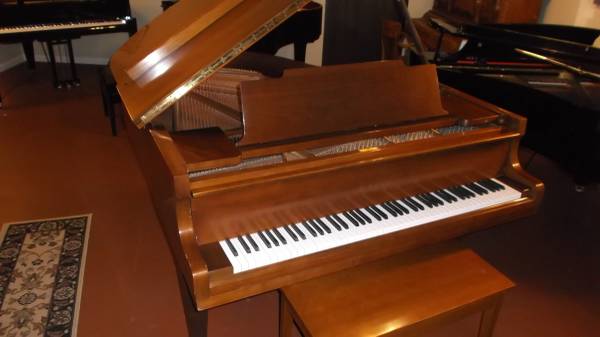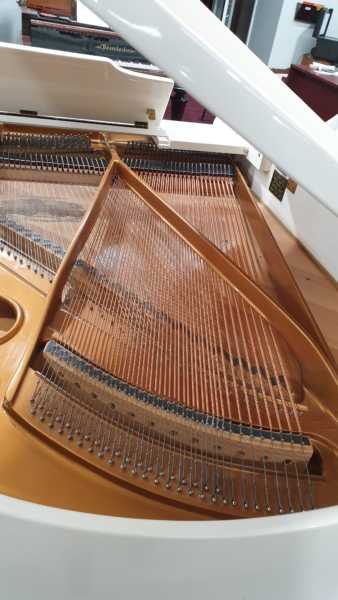

Not to mention I will never be confused with Mozart, which may actually be a good thing considering that he turns 250 this year.Īll in all, it is exciting to be back on the piano now if only I could remember how to read sheetmusic again. It won’t ever be confused with a Steinway, but then again, this particular piano cost me just 1% (no kidding) of what one of the more modest, brand new Steinways retail for. Er, make that “noise” considering my current state of piano playing, not having practiced since high school! Despite not being tuned in 4 years, the piano sounds wonderful, at least as good as the upright pianos I was accustomed to when growing up, effusing a rich, not-too-bright tone that easily fills up the entire house with music. Some of the keys are chipped and discoloured, but all of them work. This particular piano is still in surprisingly good shape, stained in a grainy, dark brown finish common to a lot of antiques. Unfortunately, the Great Depression took its toll, and the company was essentially out of business by the mid-to-late 1930s. With its own electric plant and fire protection, the factory was also self-sufficient. Employees could enjoy the company-sponsored brass band and male chorus, or play on the company baseball team. During the factory’s heyday in the early 1900s, there were as many as 500 employees, many of whom were women. Cable in 1881, and claimed to be “the world’s greatest manufacturer of pianos, inner player pianos, and organs.” It was also known for progressive business practices:Ĭable Piano Company became known not only for its products, but also for its working conditions. Wait, that is impossible…Īnyhow, from what I could gleam off of the internet, the Cable Piano Company of Chicago (as they were sometimes called) was founded by Herman D. This makes my 1969 MGB-previously the oldest object I’ve ever had-seem young. Amazingly, this particular piano has been in existence for 50 more years before that.

Prior to that the piano was at Westminster College for at least 2 years. The piano had been in Heather’s family for 30 years, purchased from her music teacher in Fulton, Missouri. The piano belonged to a young couple, Heather and Ryan, out in Fort Collins.


It turned out the last item would take me the longest to achieve out of all of them, mainly due to sporadic searching, a limited budget for the purpose, and a general dearth of used baby grands in the area. A nice neighborhood in the country with walking trails? Check. A view of a lake and the mountains? Check. 10 minutes away from a lively downtown with lots of character? Check. Years ago, while planning my current life, I wrote down some of the characteristics that constituted my dream home.


 0 kommentar(er)
0 kommentar(er)
